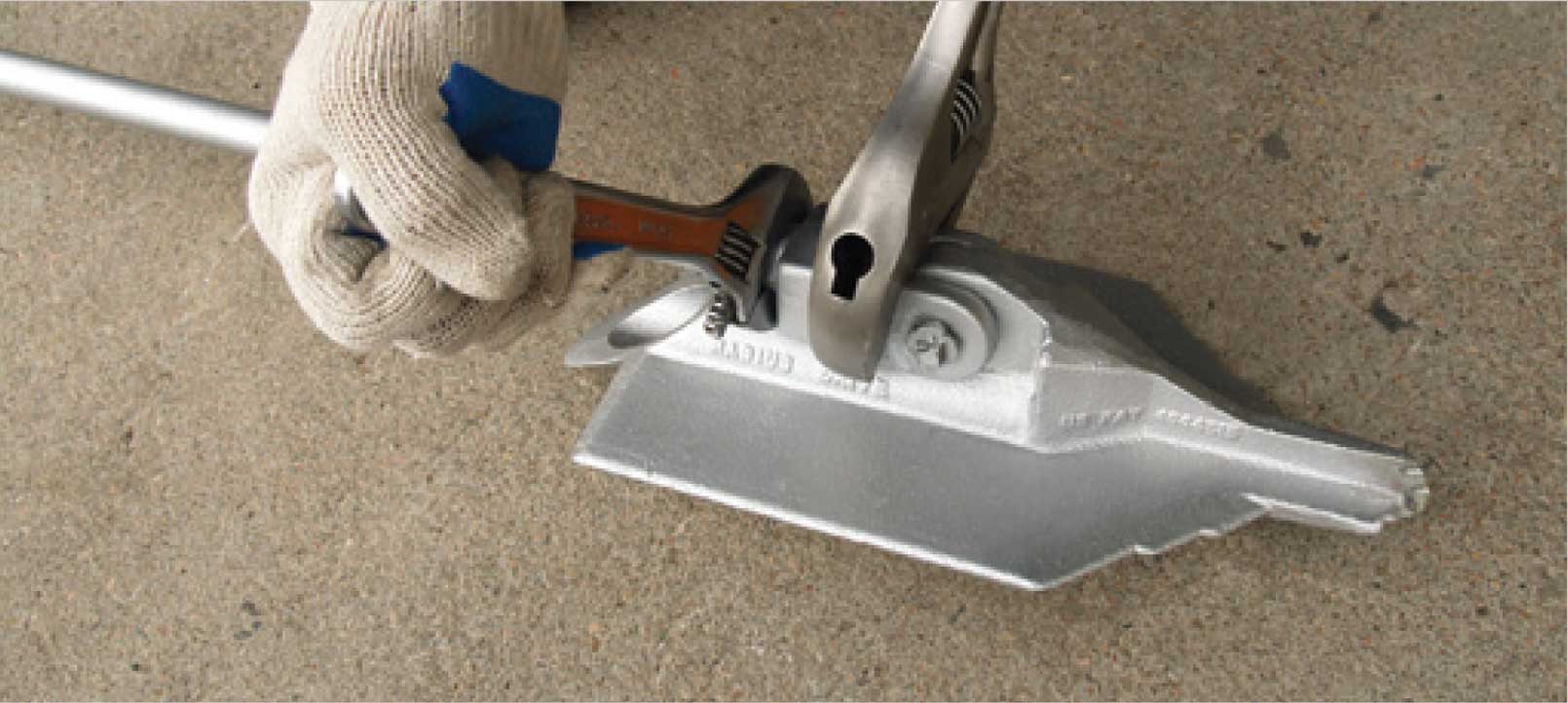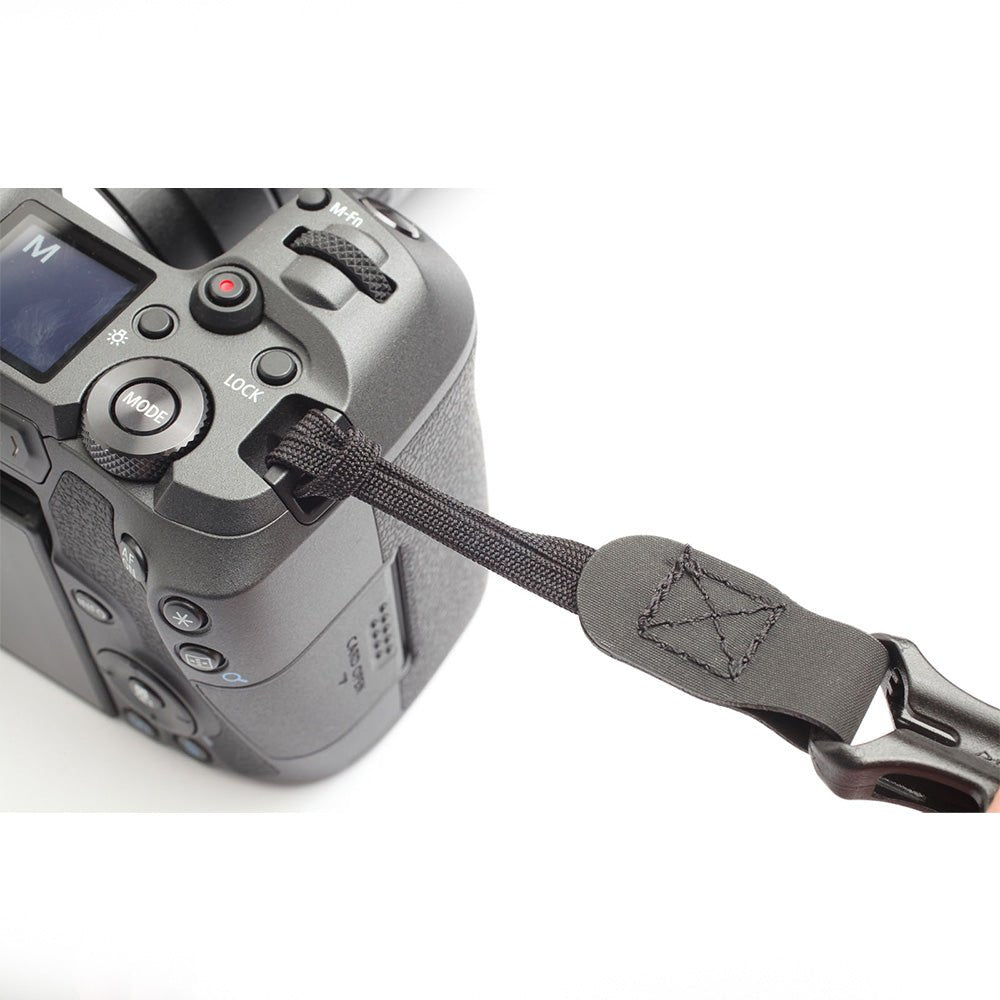Your Guide to Trustworthy and Durable Anchor Systems
In the world of building, marine, and industrial applications, the option of durable and trusted anchor systems is vital for guaranteeing stability and safety and security. As we discover the important aspects of support systems, it becomes apparent that an educated selection can lead to exceptional improvements in safety and operational effectiveness, increasing the question of exactly how to efficiently browse this complicated landscape.
Importance of Dependable Supports

Trustworthy supports are vital in various applications, as they supply the necessary stability and security to make sure security and performance. In building and construction, marine, and commercial settings, the integrity of operations and structures greatly relies upon the performance of anchor systems. These anchors act as fundamental elements, safeguarding tools, vessels, and frameworks versus ecological pressures such as wind, waves, and soil activity.
The significance of reputable anchors can not be overemphasized. In the aquatic market, for example, proper anchoring is essential for the risk-free mooring of boats and ships, preventing mishaps and ensuring the safety of personnel onboard. In construction, anchors hold crucial components in position, dramatically lessening the threat of structural failing. In various exterior applications, such as tents or short-term sanctuaries, reputable supports are essential for preserving stability versus unfavorable climate conditions.
Buying top notch anchor systems not only improves safety and security but additionally contributes to operational effectiveness. When supports function optimally, they lower the possibility of costly repairs and downtime, thus promoting efficiency. Eventually, the selection of trustworthy and durable anchor systems is fundamental for achieving long-lasting success in any venture that calls for anchoring services.
Sorts Of Support Solutions
When selecting anchor systems, it is necessary to consider the specific needs of the application, as different kinds of anchors are designed to perform ideally under varying problems. The key groups of anchor systems consist of long-term, momentary, and mobile anchors, each serving distinct functions.
Long-term anchors, typically used in marine applications, are embedded right into the seabed and developed for long-term stability. These systems commonly include screw supports, which are helix-shaped and offer exceptional holding power in various dirt kinds.

Lastly, mobile supports are light-weight and easily mobile, making them ideal for dynamic settings such as building websites or outdoor leisure tasks (Earth Anchor). Instances consist of sand anchors and risk supports, which provide reputable assistance without the requirement for permanent installment
Selecting the proper support kind guarantees optimum performance and security, tailored to the certain problems and needs of the project.
Key Attributes to Think About
Choosing the ideal anchor system entails not only understanding the types readily available yet also analyzing key attributes that influence their efficiency and suitability for details applications. Among the key factors to consider is the anchor's holding strength, which establishes its ability to hold up against forces such as wind, waves, or tons. This strength is affected by the anchor's material, size, and layout, making it vital to select a support that can appropriately meet the needs of your specific atmosphere.
One more vital feature to analyze is the simplicity of release and retrieval. Supports that can be conveniently set and removed can substantially boost effectiveness, specifically in dynamic circumstances or settings with transforming conditions. Furthermore, the support's product structure should be evaluated for corrosion resistance, particularly for aquatic applications where exposure to deep sea is prevalent.
Compatibility with various seabeds is additionally essential; some supports do far better in rock, sand, or mud. Last but not least, consider the anchor's weight, as this affects both its holding power and convenience of handling. By extensively examining these crucial functions, you can choose an anchor system that is reputable, durable, and customized to your details requirements.
Maintenance Tips for Resilience
Ensuring the durability of your anchor system requires regular maintenance and interest to detail. Beginning by inspecting all elements, including chains, shackles, and the anchor itself, for indications of wear or rust. Pay certain interest to areas that are submerged in water, as these are much more prone to degradation due to salt and ecological factors.
Regularly cleaning your anchor system is vital. Rinse it with fresh water after each usage, specifically if it has actually been revealed to saltwater. This basic practice assists to avoid the accumulation of salt, sand, and particles that can trigger corrosion and prevent functionality.
Furthermore, oil relocating parts periodically to guarantee smooth operation and to lessen friction. Earth Anchor. Usage marine-grade lubricating substances made for harsh environments to secure against wetness and corrosion
When not in use,Shop your anchor system correctly. A completely dry, sheltered location can stop exposure to the elements, reducing the risk of damage.
Lastly, consider performing a yearly thorough inspection by a specialist to identify any type of prospective issues that may not show up to the inexperienced eye. Complying with these upkeep pointers will substantially boost the durability and dependability of your anchor system.
Selecting the Right Support
Appropriate maintenance of your anchor system prepares for effective anchoring, making the choice of anchor equally vital. Picking the right anchor entails recognizing the particular problems in which you will certainly be operating, including seabed kind, water depth, and environmental factors such as wind and existing.
There are numerous sorts of supports, each made for various applications. For circumstances, fluke anchors master sloppy or sandy bases, while rake supports give remarkable holding power in numerous problems because of their capacity to explore the seabed. If you are navigating rocky terrains, a grapple support may be better, view it as it can acquire uneven surfaces.
A basic standard is to make use of a support weighing at the very least 1/10th of the watercraft's overall weight, but this can vary based on specific problems. Inevitably, extensive research study and understanding of your anchoring demands will lead you in making an educated decision concerning the most proper anchor for your conditions.
Final Thought
In verdict, the choice of reputable and durable support systems is important for guaranteeing security and security across various applications. Routine maintenance methods, including assessments and cleansing, considerably add to the durability of support systems.
In the world of building and construction, marine, and industrial applications, the choice of reliable and resilient anchor systems is critical for guaranteeing stability and safety and security. Inevitably, the selection of like this trusted and resilient support systems is fundamental for achieving long-lasting success in any kind of venture that needs securing remedies.
Fluke supports excel in sandy or sloppy bottoms, while rake anchors give superior holding power in numerous conditions due to their capacity to dig into the seabed. Eventually, complete research study and understanding of your securing requirements will certainly assist you in making an educated decision relating to the most ideal anchor for your situations.
